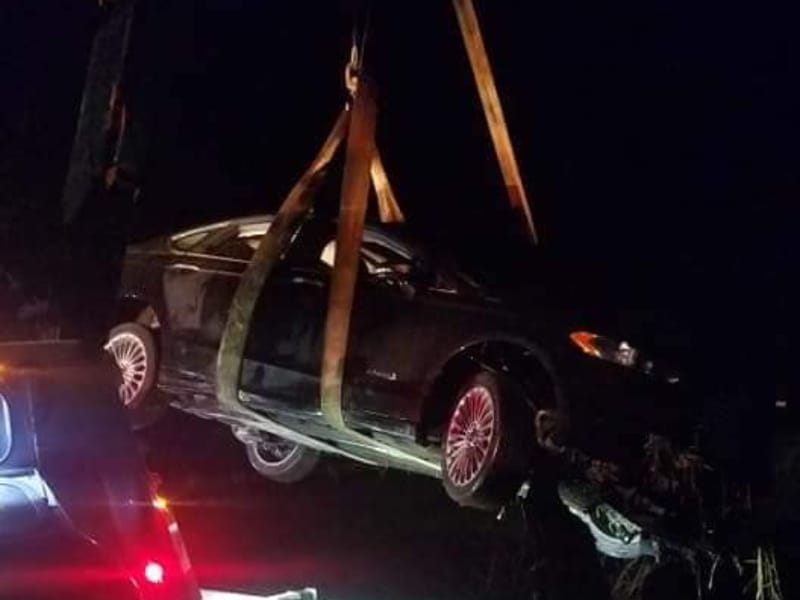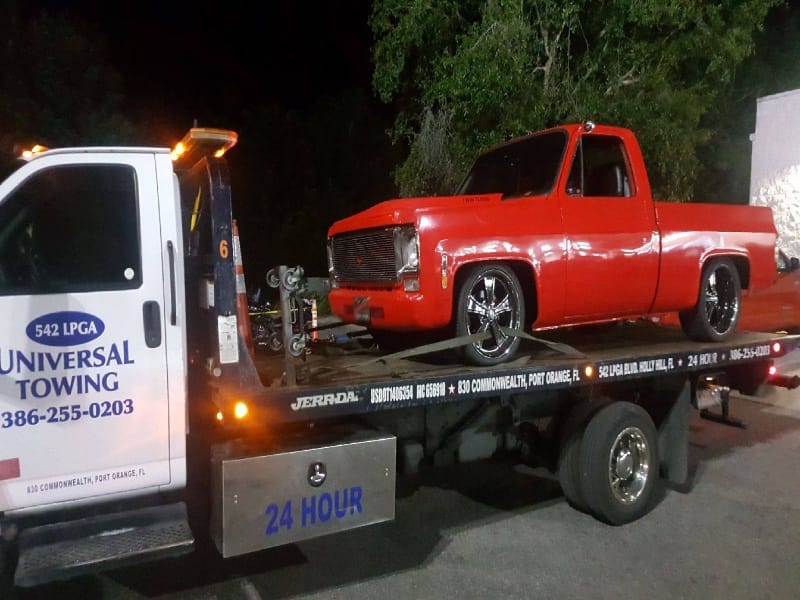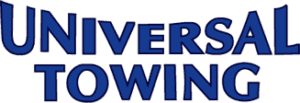Why Night Calls Hit Different
The conditions we face during night shifts are fundamentally different from daytime calls. With lower visibility, more hazards, and reduced driver awareness on the road, Daytona Beach emergency towing at night requires careful planning and a different set of tools and procedures. It’s not just about having a tow truck, but about how we prepare and execute under more challenging circumstances.

Key Safety Setups for Night Towing
Before we begin any nighttime recovery, the first priority is establishing a safe work zone. Without proper setup, the risk to both the crew and passing drivers increases dramatically. Here’s how we structure the scene:
- Scene lighting: We deploy high-output portable floodlights to illuminate the vehicle, roadway, and shoulder.
- Visibility gear: Our operators wear ANSI-compliant high-visibility clothing to ensure they can be seen from all angles.
- Traffic control: We use cones, reflective triangles, and flare sticks to extend the visibility of the work zone. For high-speed areas, secondary vehicles may be positioned to block traffic.
- Communication: Operators stay in constant radio contact with dispatch and each other, especially in low-visibility or high-noise environments.
Night shifts require a different mindset and different tools. For Daytona Beach emergency towing after dark, we adapt both our approach and our equipment based on lighting, location, and road conditions.
Environmental and Roadway Challenges
Working in the dark introduces variables that simply aren’t present during daylight calls. Light loss impacts how we assess vehicle damage, choose hook points, and judge terrain. Some of the most common challenges include:
- Reduced visibility: Shadows can hide curbs, ditches, leaking fluids, or road debris.
- Weather: Nighttime often brings fog, condensation, or sudden temperature drops—all of which reduce traction and visibility.
- Driver behavior: Drowsy or impaired driving increases the danger around a recovery zone. Night drivers tend to be less alert and may not notice hazards in time.
These factors increase the complexity of what may seem like a standard tow during the day.

Universal Towing: Daytona Beach Emergency Towing Requires Night-Ready Operators
At Universal Towing, we serve Daytona Beach day and night, responding to Daytona Beach emergency towing calls with a level of preparation that matches the risk. Night shifts demand more from every operator: more focus, more awareness, and more technical accuracy.
Towing in the dark isn’t a skill picked up on the fly. Our team prepares for low-visibility recoveries with targeted training in lighting setup, hazard identification, and tow execution under pressure. Every Daytona Beach emergency towing call we answer at night is backed by a process designed to protect people, vehicles, and roadway safety.
We don’t just rely on just lights and reflective gear. We rely on deliberate actions, experienced judgment, and equipment checks that help us reduce risks at every stage. Night recoveries take longer, carry more variables, and leave no room for error. And we approach every call with that in mind.
Universal Towing is proud to support our community around the clock. When Daytona Beach emergency towing is needed after dark, our crews are awake, equipped, and ready to respond.

